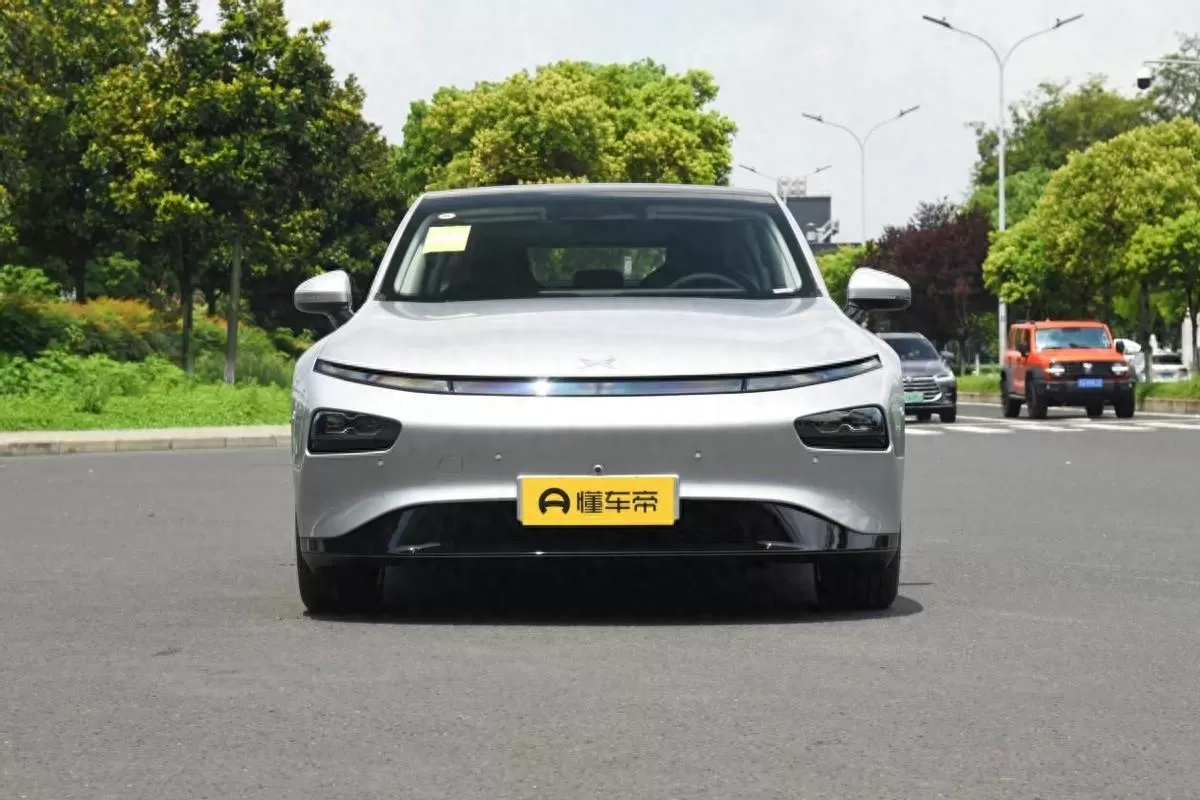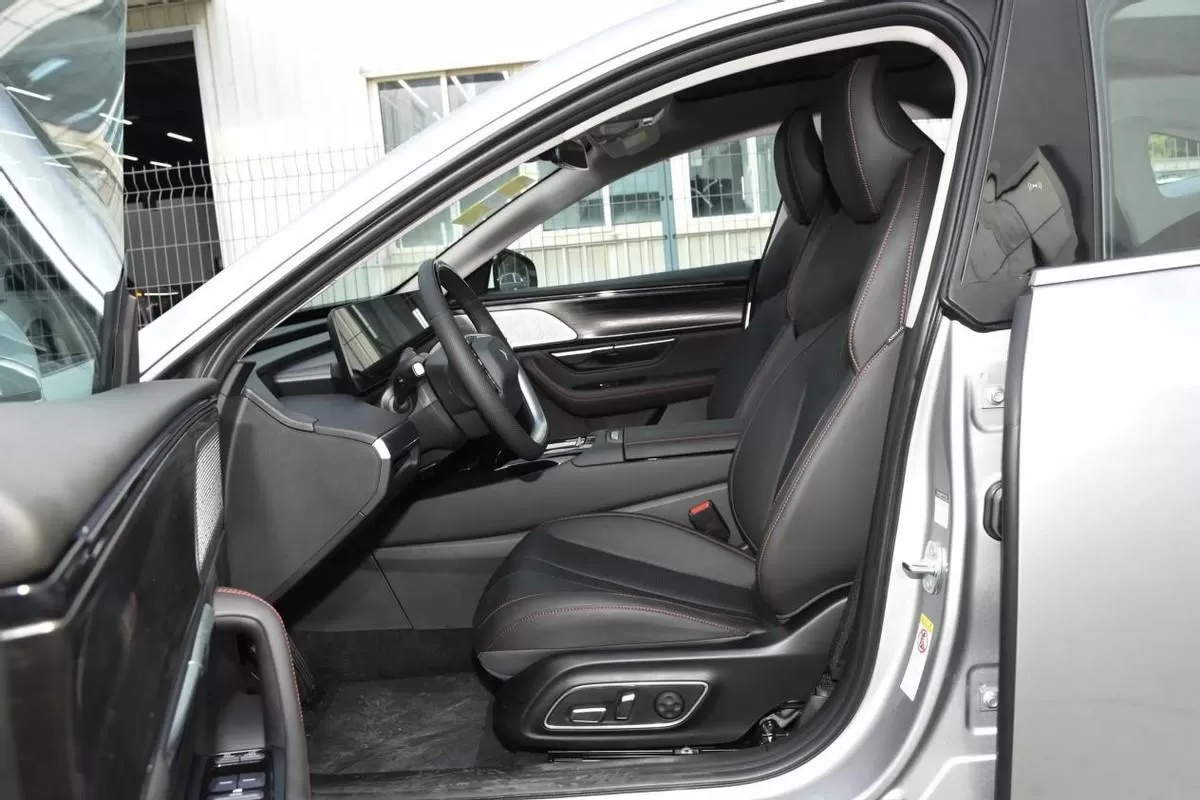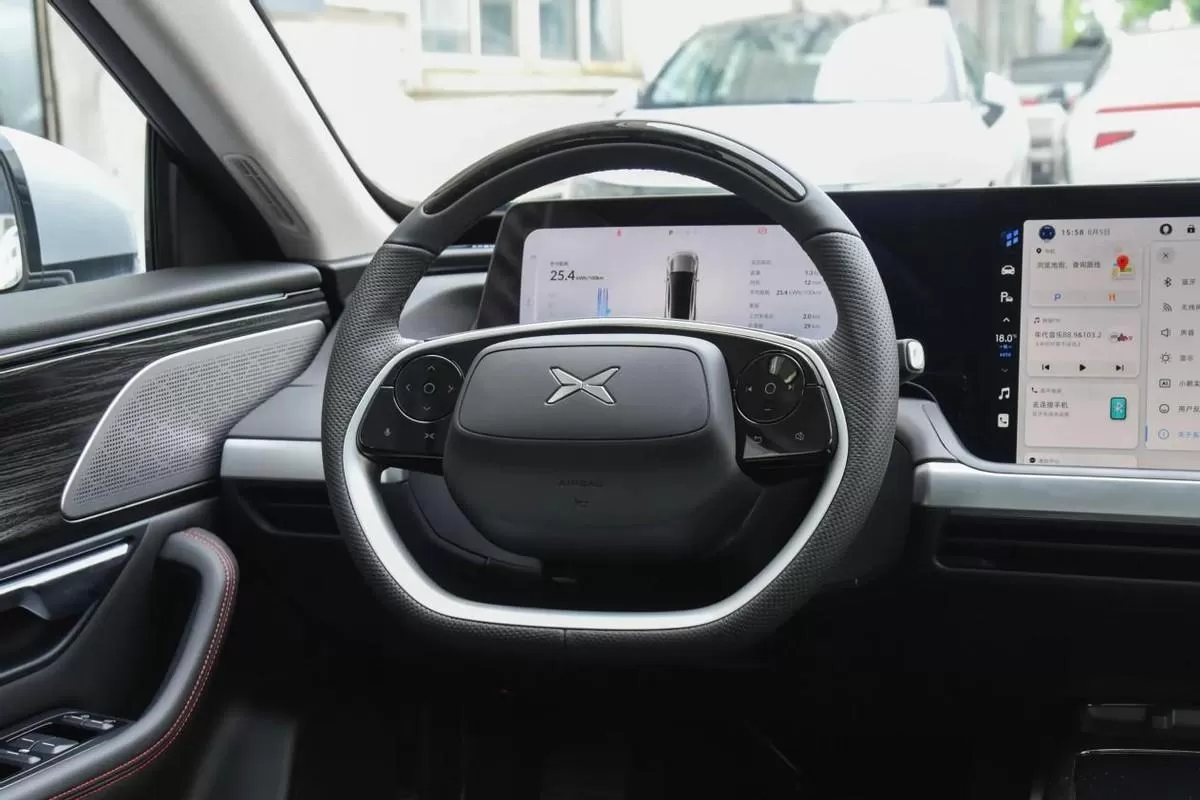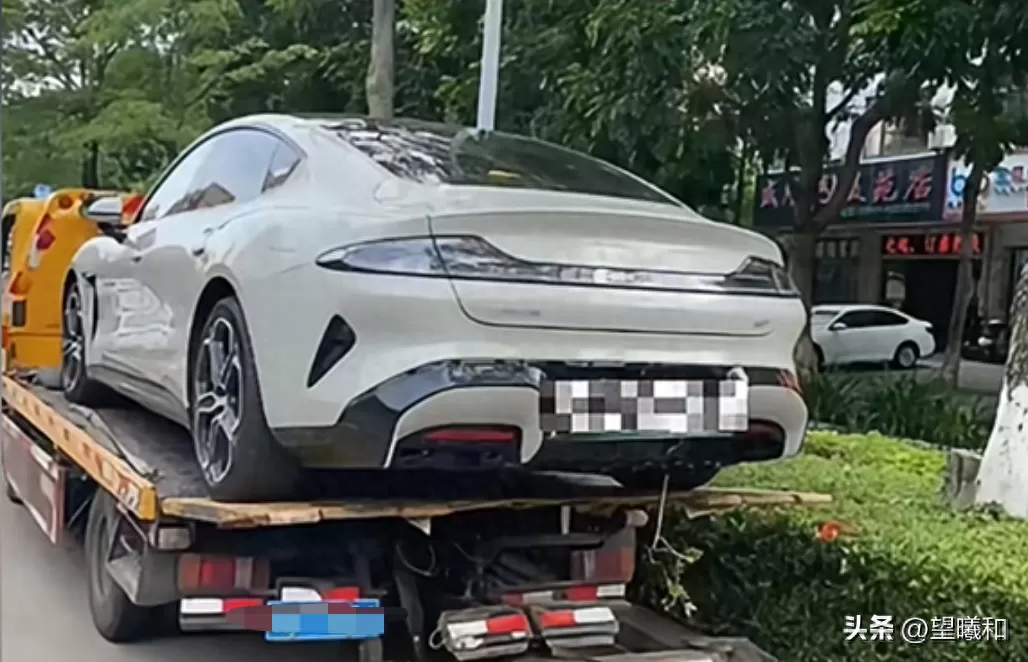When it comes to fierce competition, you have to look at domestic Chinese cars. Since BYD launched several models in its Honor Edition, igniting a price war, many other automakers have followed suit. Recently, news of a comprehensive discount price of 140.900 RMB for the Xpeng P7 has been circulating, drawing a lot of attention and bringing this model into the spotlight.
However, it's important to note that the 140.900 RMB price is only available for customers in Shanghai. In other regions, buyers can still enjoy a limited-time discount of 84.000 RMB, along with a 10.000 RMB trade-in subsidy. This offer applies only to the Xpeng P7. After a few days of this news spreading, the Xpeng P7 has already started accumulating orders. However, the discount for the main-selling model, the Xpeng P7i, is not as substantial. This article will focus on discussing the Xpeng P7. specifically the 2023 model 586E, which has an official guide price of 239.900 RMB, but is available for a limited-time price of 155.900 RMB.

Compared to the Xpeng P7i, the Xpeng P7 falls slightly short in some aspects of smart technology, but its exterior design still holds up well. The curved LED daytime running lights on the front and back complement the elegant and sleek body lines, giving it a futuristic sci-fi feel. Details like frameless doors and hidden door handles also enhance its stylish appearance.
Inside the cabin, the Xpeng P7 adopts a minimalist design approach, with virtually no physical mechanical control buttons visible. Metal trim on areas like the lower part of the flat-bottom steering wheel and below the center console enhances the interior's refined feel. It also features a 10.25-inch LCD instrument panel and a 14.96-inch central control screen, which are connected to create a seamless screen effect, adding to the tech-savvy vibe of the interior.
The Xpeng P7 is equipped with the Xmart OS in-car smart system, but it does not use the 8155 or more advanced 8295 chip. Functionally, it still supports full-scene voice interaction, online navigation, and an online app store. In actual use, the system's smoothness is decent—not exactly silky, but menu and interface transitions are fairly responsive, and zooming in and out of maps is quick. The system's accuracy in recognizing voice commands is quite high, but it operates mostly in a one-question-one-answer mechanical mode, lacking wake-free functionality and continuous recognition control. Therefore, the experience is relatively average compared to the Xpeng P7i.

In terms of intelligent driving, this car supports navigation-assisted driving on highways and some urban expressways, enabling assisted driving from point A to point B on a preset navigation route. While using this feature, the Xpeng P7 performs lane changes, overtakes, and brakes smoothly and linearly, providing a good experience. However, on roads where lane markings are unclear or under construction, the driver will need to take over more frequently.
Regarding size, the car's dimensions are 4880x1896x1450mm, with a wheelbase of 2998mm. Both the driver and front passenger seats come with electric adjustment and heating functions, and the driver's seat also includes ventilation and heating features. The seat comfort is pretty good, leaning towards the softer side. I’m 178cm tall, and when seated in the front, there’s about a fist and three fingers of space left above my head; in the second row, there’s three fingers of headroom left and a fist and three fingers of legroom. The comfort of the rear seats is relatively inferior, as the cushion length and thickness are somewhat lacking, which could affect comfort on long trips.
In terms of power output, the Xpeng P7 is equipped with a rear-mounted electric motor with a maximum power of 196kW and a maximum torque of 390Nm, allowing it to accelerate from 0 to 100 km/h in 6.7 seconds according to official data. Its battery capacity is 70.8 kWh, offering a CLTC pure electric range of 586 kilometers, and it takes 0.55 hours to fast charge the battery from 30% to 80%.

The Xpeng P7 isn’t a performance-focused vehicle; once you start driving it, you’ll find it aims more for balance. The P7 accelerates steadily from a standstill, though the acceleration still feels strong, and pressing the pedal harder can give you a noticeable push-back effect. The mid-to-late acceleration of the P7 shows greater burst power, with strong and continuous power output. Its chassis is relatively stable, tuned mainly for comfort, retaining some resilience, so when driving, you’ll notice that its chassis characteristics aren’t very distinct.
Overall, considering the current discounts offered by Xpeng, if you can secure a P7. I think it’s quite a good deal. Although its performance in smart connectivity and intelligent driving isn't as strong as the Xpeng P7i, the price reduction is significant enough that these shortcomings are acceptable in my view. What do you think?






